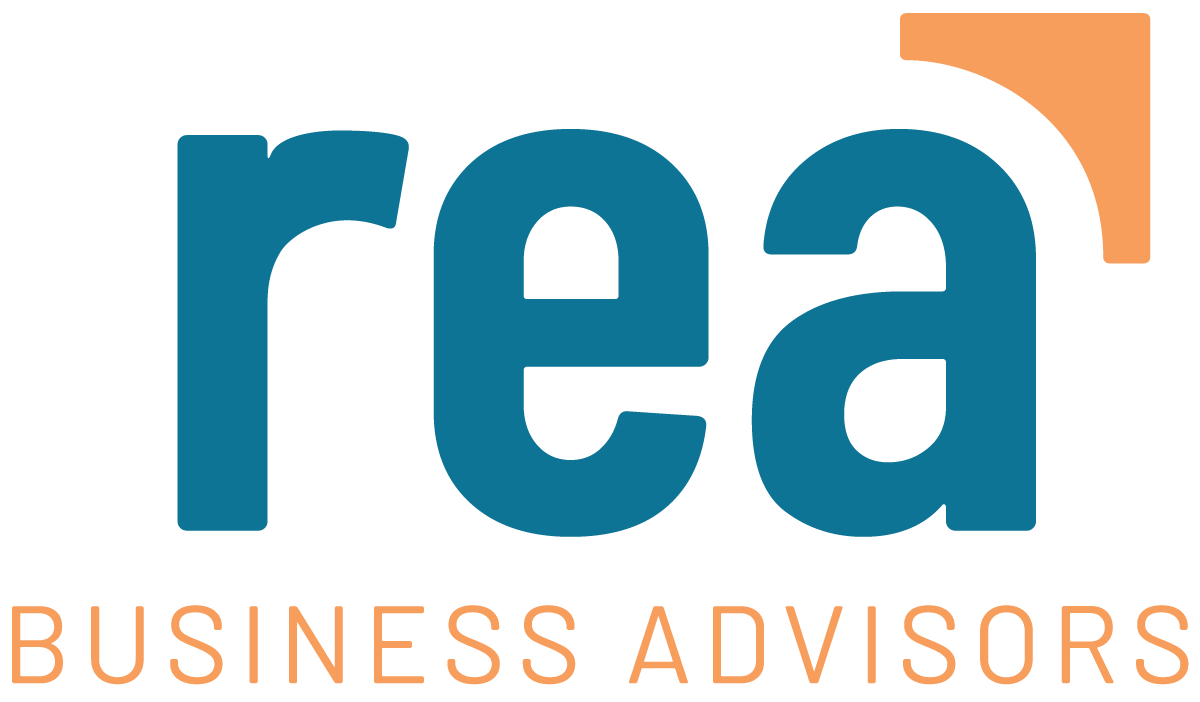
If your organization receives federal funding, you should be aware of important changes that affect your compliance requirements and can potentially save you significant time and resources. The Office of Management and Budget (OMB) has implemented updated guidelines aimed at streamlining federal oversight while maintaining proper accountability. Let’s examine what these changes mean for your organization and how you can take full advantage of them.
Single Audit Relief: What’s Changed and Why It Matters
Since October 1, 2024, the federal Single Audit threshold has increased from $750,000 to $1 million in federal expenditures. This change—the first significant threshold adjustment in nearly a decade—came in response to inflation and growing administrative costs faced by smaller government entities.
For organizations that spend less than $1 million in federal funds annually, this means you’re no longer required to undergo a Single Audit for fiscal years that began after October 1, 2024. This represents a meaningful reduction in compliance costs.,
If your fiscal year began after October 1, 2024, you may already be benefiting from this change. Organizations near the threshold should carefully track federal expenditures to ensure proper compliance with the new requirements.
Enhanced Transparency Requirements: Implementing the New Standards
The OMB has strengthened its disclosure requirements as part of a broader federal initiative to improve accountability for public funds. Under the updated guidelines, organizations must promptly report any credible evidence of fraud, bribery, gratuity violations, or conflicts of interest related to federal funds.
The rules now more explicitly define what must be reported and to whom. Organizations need to submit written disclosures to three potential parties: the federal awarding agency, the agency’s Office of Inspector General, and any relevant pass-through entity. This change reflects the growing emphasis on preventing fraud rather than just detecting it after the fact.
Additionally, the guidelines have enhanced whistleblower protections by requiring organizations to proactively inform employees of their rights. This isn’t just about adding a line to your employee handbook—it requires a documented communication specifically addressing the protections offered under federal law. Many of our clients are implementing this by creating a brief annual notice and having employees acknowledge receipt.
Financial Threshold Changes: Are You Taking Advantage of These Opportunities?
These updates offer two significant financial benefits that savvy organizations should already be implementing:
- Equipment capitalization threshold doubled: The equipment threshold has increased from $5,000 to $10,000, meaning fewer items need to be capitalized and tracked in your fixed asset system. For many organizations, this reduces record-keeping for dozens of items annually. If you haven’t already updated your capitalization policy (the rule determining which purchases are recorded as assets versus expenses), this straightforward process could yield immediate administrative relief.
- Increased indirect cost recovery: The de minimis indirect cost rate (the standardized percentage organizations can apply to grants to recover overhead costs) has jumped from 10 percent to 15 percent—a 50 percent increase in recoverable overhead costs. For an organization with $500,000 in direct costs, this change potentially represents an additional $25,000 in recoverable indirect costs annually. This change applies to new awards or renewals processed since the guidelines were implemented.
Internal Controls and Cybersecurity: Meeting Current Expectations
The updated guidelines place renewed emphasis on internal controls, but with a more practical focus than in previous iterations. While the requirements still reference compliance with either the “Green Book” (Comptroller General’s Standards) or COSO Framework, there’s an emphasis on controls that are appropriately scaled to the size and complexity of your organization. Importantly, these controls must be formally documented in writing—a requirement that many organizations struggle to meet effectively and where Rea can provide significant value.
What does this mean in practice? Rather than implementing complex control systems designed for large federal agencies, smaller entities can adopt more targeted controls that address their specific risk areas. The focus should be on effectiveness rather than volume of documentation, but proper written documentation is non-negotiable under the new guidelines.
For example, a small municipality might focus primarily on controls over federal procurement and financial reporting rather than implementing extensive controls in lower-risk areas. This targeted approach satisfies the requirements while being more cost-effective.
Cybersecurity has also received increased attention, with explicit requirements to implement “reasonable” measures to protect sensitive information. The term “reasonable” is key here—it acknowledges that cybersecurity should be proportional to your organization’s size and the sensitivity of the data you manage. For many government entities, this means focusing on:
- Implementing multi-factor authentication for financial systems
- Ensuring regular security awareness training for all staff
- Establishing incident response procedures
- Conducting periodic vulnerability assessments
These requirements align perfectly with the cybersecurity services we offer through Rea Information Services (RIS), where we help organizations implement appropriate security measures tailored to their specific compliance needs.
Action Plan: Five Steps to Take Now
To maximize the benefits of these changes for your organization:
- Analyze your federal funding patterns to determine how you’re affected by the new Single Audit threshold. Organizations near the threshold should be particularly attentive to their expenditure levels.
- Update your capitalization policy if you haven’t already done so to take advantage of the higher equipment threshold. This simple policy change can reduce the administrative burden.
- Review and document your approach to indirect costs. If you’re not currently using the de minimis rate, this increased rate might make it worthwhile to switch from your current methodology.
- Develop or update your whistleblower notification process. Create a template notification and a system to document that employees have been informed of their rights.
- Conduct a targeted assessment of your internal controls over federal awards. Focus on the highest-risk areas first and ensure your written documentation clearly demonstrates alignment with federal standards. This documentation is a critical compliance requirement that many organizations overlook.
How Rea Can Help You Maximize These Benefits
At Rea, our government services team works with municipalities, counties, and special districts across the region. We bring both technical experience and practical know-how to help you implement these changes in ways that create real administrative relief while maintaining proper compliance.
Our approach focuses on practical solutions tailored to your specific situation. We won’t just tell you what the rules say—we’ll help you implement them in ways that work for your organization’s unique circumstances. Our experienced professionals can:
- Evaluate your specific situation to identify which changes create the greatest benefit
- Develop updated policies and procedures that satisfy requirements without creating unnecessary work
- Provide targeted training for your staff on implementing these changes effectively
- Help you document your compliance in ways that will satisfy federal reviewers
Contact us today to schedule a conversation about how these changes affect your organization and how our government services team can help you turn regulatory changes into operational improvements.


